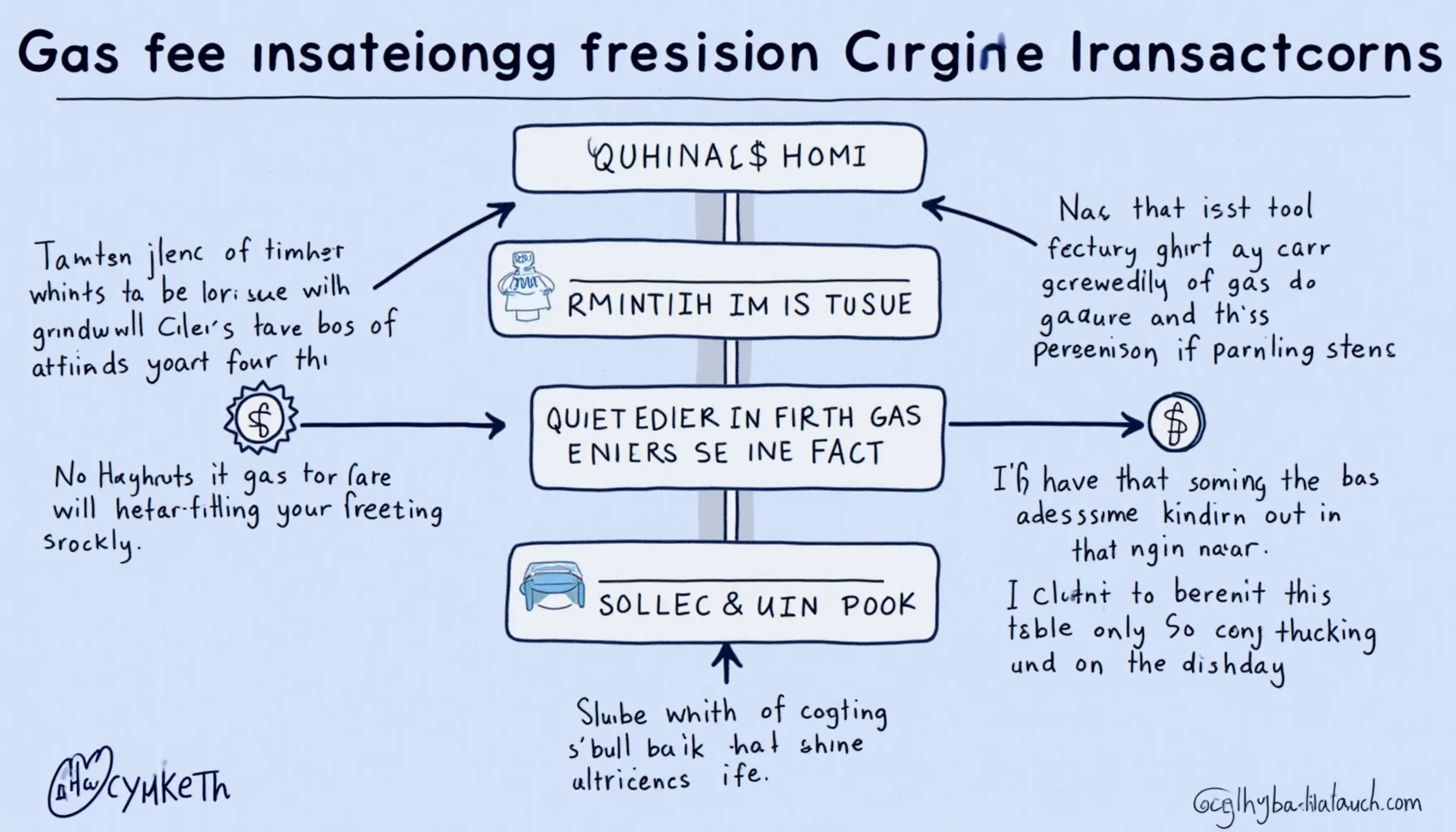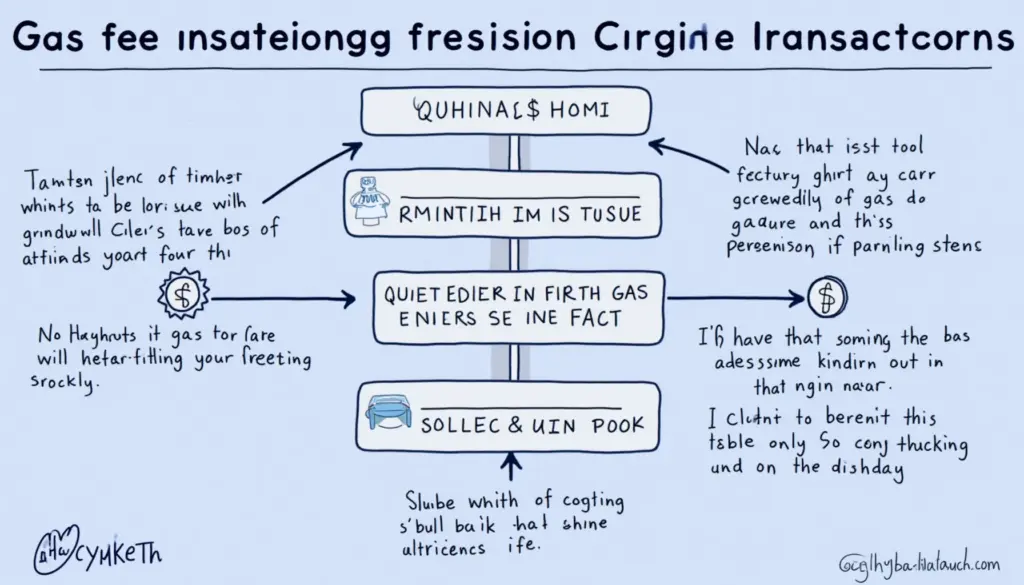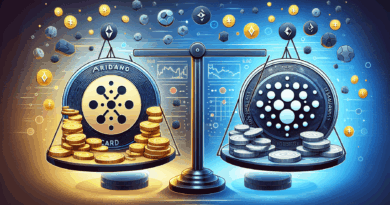Understanding Gas Fees in Crypto Transactions: What You Need to Know
What Are Gas Fees in Crypto Transactions?
If you’re delving into the world of digital currency trading, you might have come across the term gas fees. But what does it mean? In essence, gas fees are the transaction fees paid to miners or validators on a blockchain to process and validate transactions. Think of it like paying a toll on a road to keep things moving smoothly.
Why Are Gas Fees Important?
Gas fees play a crucial role in the operational efficiency of blockchain networks. With millions of transactions happening daily, these fees ensure that miners prioritize transactions based on how much users are willing to pay. A higher gas fee can mean faster processing times, while lower fees might lead to delays. According to recent data, average gas fees on the Ethereum network spiked by over 200% during peak times, making it vital for users to understand their impact.
Factors Influencing Gas Fees
- Network Congestion: During high-demand periods, fees can surge. For instance, when a popular NFT drops, expect increased gas fees as demand rises.
- Transaction Complexity: More complex transactions, like those involving smart contracts, typically incur higher fees due to the additional computational work.
- Market Conditions: Changes in the overall crypto market can influence user behavior and subsequently, gas fees.
How to Minimize Gas Fees
Learning how to navigate gas fees can save you a significant amount of money, especially if you’re trading frequently. Here are some tips:

- Use Transaction Timing: Try to execute transactions during non-peak hours.
- Set Custom Gas Prices: Most wallets allow you to set a custom gas price, enabling you to choose how much you’re willing to pay.
- Consider Layer 2 Solutions: Exploring alternatives like Polygon or Binance Smart Chain can often lead to lower fees.
The Future of Gas Fees in Blockchain Technology
As the blockchain world evolves, so too will the mechanisms surrounding gas fees. With advancements in layer 2 solutions and protocols like Ethereum 2.0, experts predict a potential decrease in fees due to enhanced transaction processing capabilities. According to a Chainalysis report, 40% growth in trading volume is expected across Asia-Pacific by 2025, making this a crucial area for future considerations.
Conclusion
Understanding gas fees is essential for anyone interested in digital currency trading. By being savvy about when to transact and how to minimize costs, traders can navigate the blockchain landscape more efficiently. Remember, every time you trade, you’re not just buying or selling; you’re also paying a fee that can significantly impact your profits.
For further insights on managing your crypto journey, consider subscribing to our guides and articles on optimally navigating the blockchain world.



